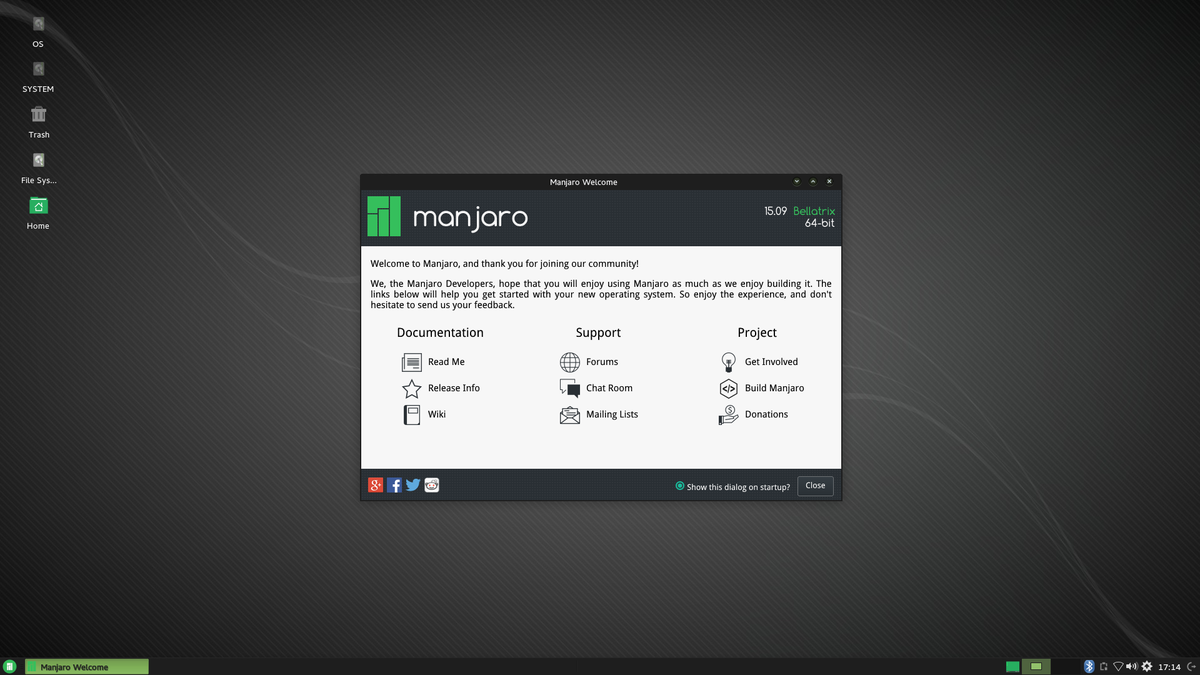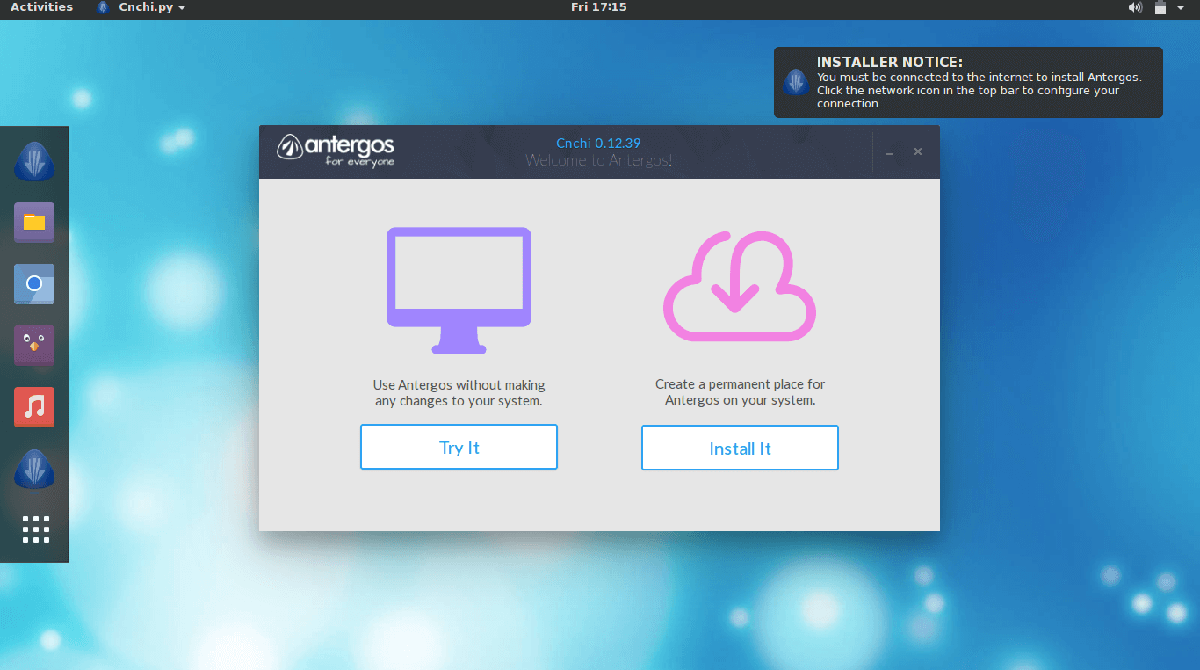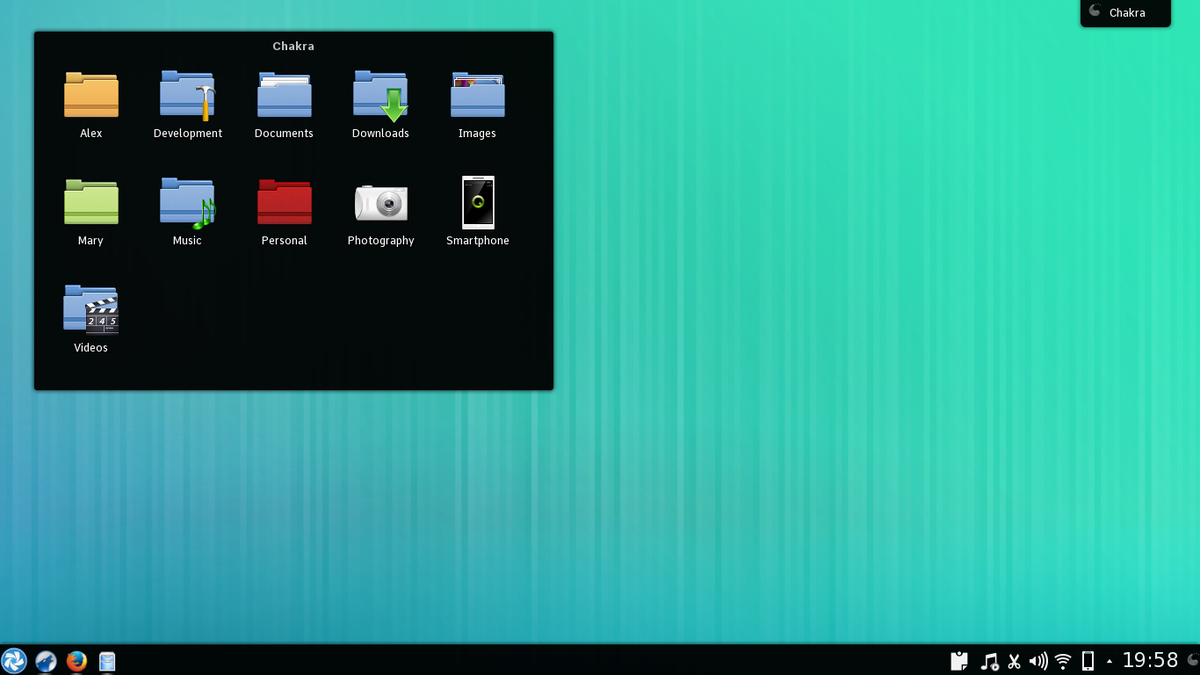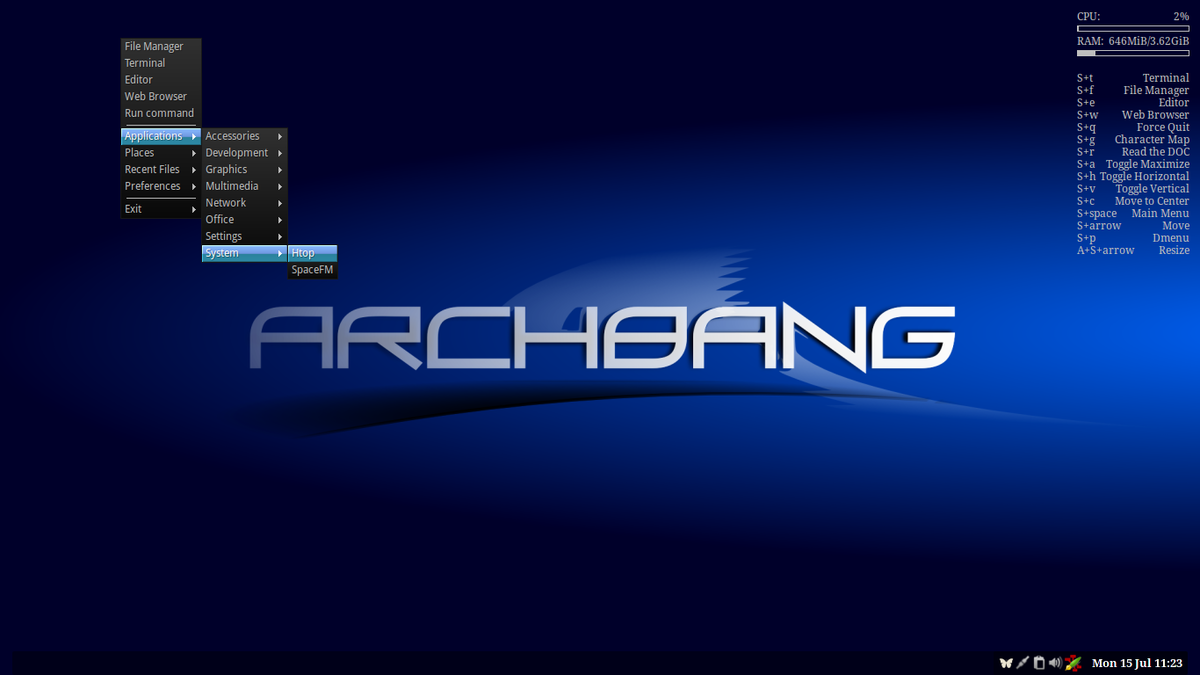4 Best Arch Linux Derivatives To Try Out
Everyone who uses Linux has heard of Arch Linux. It’s unlike a lot of Linux distributions on the market today. Instead of giving users a set “experience”, it encourages that they build their own.
For a lot of people who like to customize things on the Linux platform, this distribution is perfect. Still, it comes with some real drawbacks. For starters, it’s a “bleeding edge” operating system and software is pushed out as fast as possible (stable or not). It can also be tedious to install.
If you love the idea of Arch Linux, the customization and everything in between, but shudder at building your own operating system and possible bugs, consider trying out one of the many Arch Linux Derivatives that are available.
1. Manjaro

If you love the customization that Arch Linux offers, as well as the speed and overall system, but flinch at the possible crashes and bugs, you may want to check out Manjaro instead. It’s a Linux operating system that uses Arch as it’s base, but it takes a different approach. Instead of releasing software as soon as possible, Manjaro takes software updates, and “makes them stable”.
When using Manjaro, users will still get access to the infamous Arch Linux User repository, as well as the popular “rolling release” model, but in a safer environment. Learn more about the operating system here.
2. Antergos

Installing Arch Linux can be tedious, and take a long time. Users have to install all of the software, and configure it by hand too. For a lot of users, this is good, as they love the control that allows them to build their own operating system, and the end result is blazing fast speed. Still, if you’re in a hurry, building Arch Linux from scratch might not be the best option.
A good alternative to building the operating system from the ground up is to just install Antergos. It’s a Live disk/installer environment that allows users to install Arch Linux with the same ease as other Linux distributions (think Ubuntu, Linux Mint, Solus and etc).
The best part of Antergos is that it technically isn’t a derivative of Arch Linux. Unlike Manjaro, the operating system doesn’t shy away from giving users software updates at the same time Arch does. In addition, it doesn’t overly focus on it’s own software sources. Instead, you get the Antergos software repository for cosmetic purposes. The result is that users can easily install Arch Linux without having to take 2 hours out of their day.
3. Chakra

Chakra is a Linux operating system with an Arch Linux base that is heavily focused on delivering a solid KDE Plasma desktop experience. Like Manjaro, Chakra rejects the speedy software release model that Arch Linux offers in favor of something much more stable. They call it “half-rolling release”. The idea is that the core of the operating system remains stable, but users can still get the latest and greatest software. It also has access to the AUR, and other things Arch fans would come to expect.
As Chakra is built on the KDE desktop and it’s technologies, users are not able to install GTK+ software at all. This alone can be a turn off to some users. Still, if you’re looking for a solid Plasma experience, with an Arch Linux base, Chakra is a great choice.
4. Arch Bang

Looking for a lightweight desktop setup on Arch Linux but not happy with the choices available? Consider installing Arch Bang instead. At it’s core, Arch Bang is heavily inspired by the now dead Crunch Bang Linux project, with a similar purpose. The only real difference is that instead of a Debian base, Arch Bang uses Arch Linux.
The project revolves around the Openbox window manager, tint2 and other lightweight tools. This makes it perfect for Arch Linux fans who having aging PC’s with limited hardware resources, but want a nice looking, modern setup.
Using Arch Bang means getting bleeding edge Arch Linux, as the distribution doesn’t host their own software. There’s no real changes at the core of the operating system. The real draw is for users who have tried (and failed) to settle on a desktop environment and want to try something new.
Conclusion
Operating systems based around Arch Linux are great for those looking to try out what it’s like to use Arch without any of the risks. They take an otherwise unstable, and sometimes very buggy operating system and make it safe. If you’ve ever been curious about Arch, do give one of these operating systems a try.
